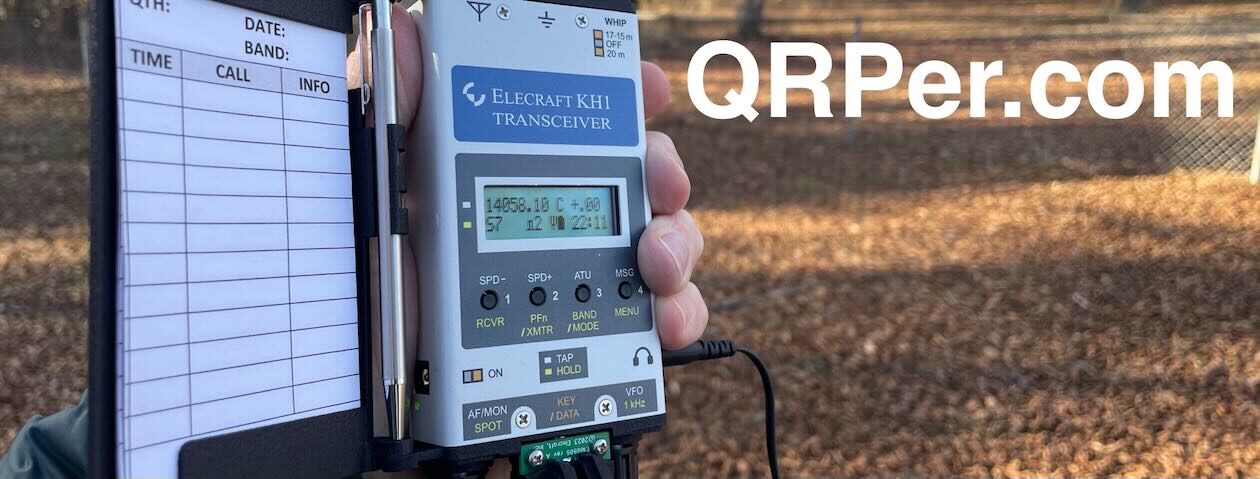 Because I receive so many tips from readers here on QRPer, I wanted way to share them in a concise newsletter format. To that end, welcome to QRPer Notes, a collection of links/videos to interesting stories and tips making waves in the world of radio!
Because I receive so many tips from readers here on QRPer, I wanted way to share them in a concise newsletter format. To that end, welcome to QRPer Notes, a collection of links/videos to interesting stories and tips making waves in the world of radio!
511 Deployment 24 POTA radio bag (KE8PTX)
CHA Loop Remote Tuner | K7SW ham radio
The Ailunce HS2 has lots of potential (KB6NU)
 Just before Thanksgiving, I received an email from Cara Chen at Retevis. She wrote,
Just before Thanksgiving, I received an email from Cara Chen at Retevis. She wrote,
I am responsible for the radio review cooperation. We have a SDR radio HS2 for review cooperation. Are you willing to test and write a blog about it?
When I asked her what that meant, she said that she would send me an Ailunce HS2 SDR Radio, if I would review it here on my blog. When I told her that I would be brutally honest in my review, she seemed OK with that and sent me the radio.
What follows is an honest review. It’s not a QST-style review. I don’t have the test equipment that they do, nor did I have the time to put the radio through all its paces. Even so, I did operate the radio on HF and VHF, phone and CW, enough to make the review worth reading, I think.
If you don’t want to read the rest of this review, I can sum it up as follows: The Ailunce HS2 is a fun, little radio, with lots of potential. It’s not perfect, though. The buttons are too small, the display is too small, and the manual needs work. More about all those below.
What’s in the box?
As you can see below, the radio came with a handheld microphone, a DC power cord, and a USB cable.
First impressions:
- It’s really small. It’s 45 mm H x 120 mm W x 190 mm D (1.77 in H x 4.72 in W x 7.5 in D)
- The carrying case is kind of nifty. If you’re going to operate portable, it’s nice to have.
- The extruded metal case include a nice heat sink.
- There are a lot of connectors on the rear panel, including the power connector, an SO-239 for HF and VHF antennas, an SMA for a GPS antenna, two USB connectors, an Ethernet connector, and four 3 mm phone jacks.































